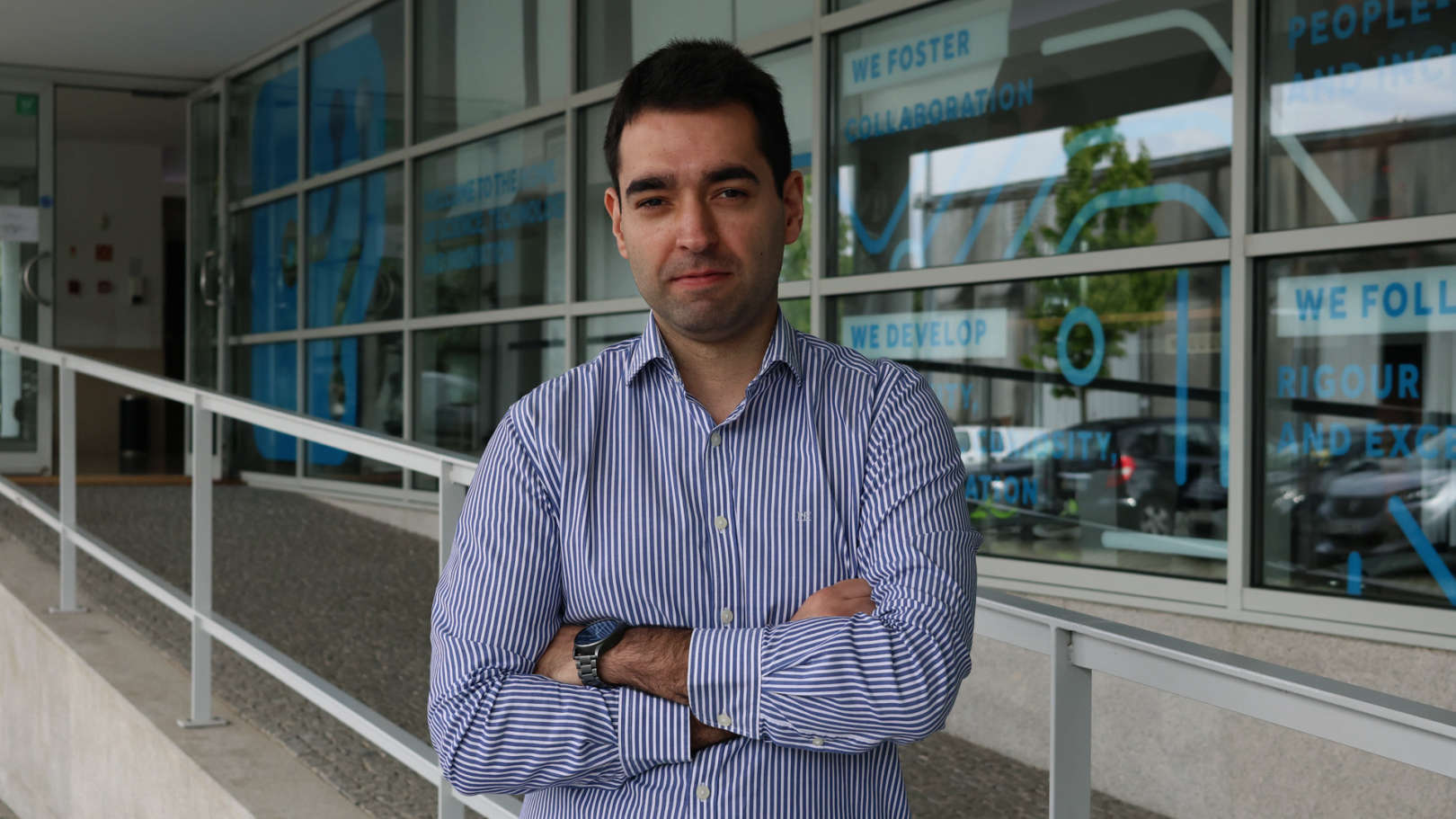About
Luis Rocha received his Ph.D. in Electrical and Computer Engineering from the Faculty of Engineering University of Porto in 2014. He has been a researcher at INESC TEC since 2010, and he currently oversees the industrial manipulator research area at the Center for Robotics in Industry and Intelligent Systems (CRIIS). Member of the iilab executive committee (Industry and Innovation Lab of INESC TEC), in charge of the lab's infrastructure. Supervisor of several Master's and PhD theses. He has over 50 publications in international scientific journals and conference proceedings, and he is now an Associate Editor for the Industrial Robot Journal. His primary research interests include developing agile and human-centered industrial robotic systems, as well as investigating novel human-robot interaction solutions, robot programming procedures, and advanced perception and manipulation systems. He led the INESC team on a number of national and European R&D projects. Luís has 5 years of experience as an entrepreneur (robotics startup).


